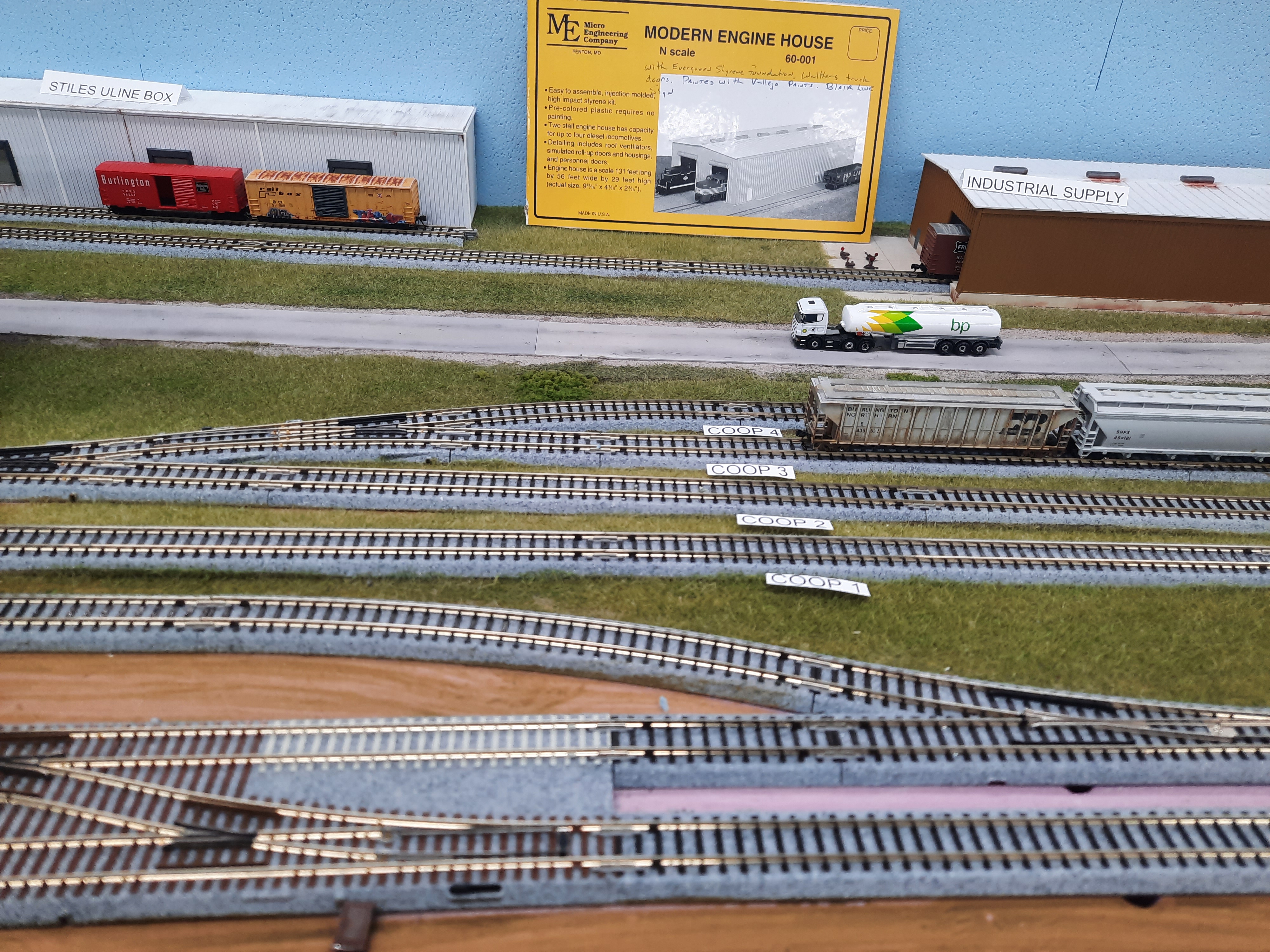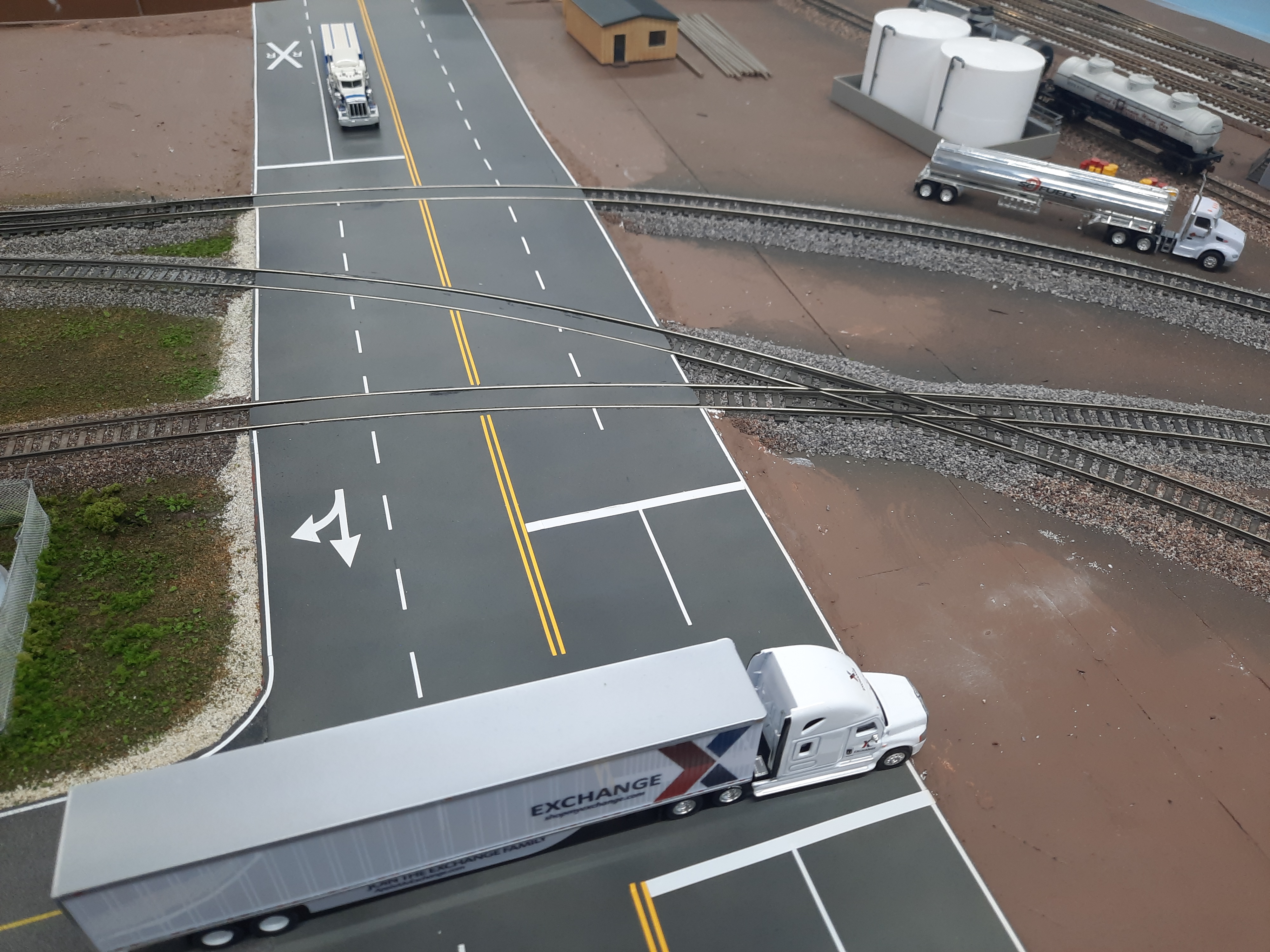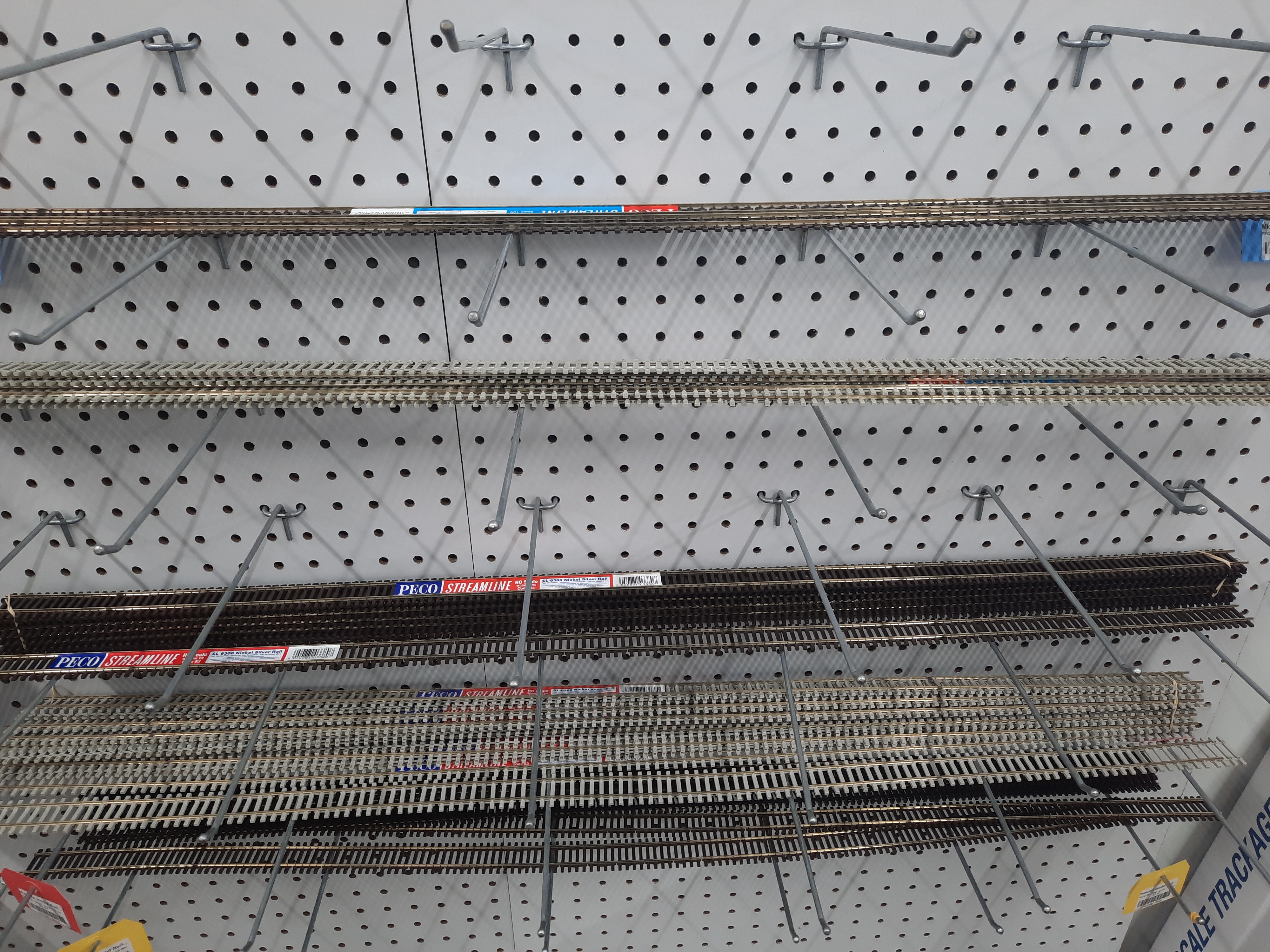Navigating the Rails: A Guide to Model Railroad Tracks and Their Designations
Model railroading is a fascinating hobby that allows enthusiasts to recreate miniature worlds with intricate detail. One of the critical components of any model railroad layout is the track system, which comes in various types and is often denoted by numbers. Understanding the different types of model railroad tracks and the significance of these numbers is essential for creating a realistic and enjoyable miniature railway experience.

- Track Types:
- Straight Track (Code 100): This is the most common type of track, often referred to as "Code 100." The number 100 represents the rail height in thousandths of an inch. Code 100 tracks are robust and suitable for various scales, making them a popular choice for beginners.
- Code 83 tracks have a lower rail profile, providing a more realistic appearance. They are popular among modelers who prioritize scale accuracy. Flexible tracks allow for smoother curves and custom layouts, offering greater flexibility in design.
- Curved Track: Curved tracks come in various radii, representing the tightness or gentleness of a curve. Common radii include 18 inches, 22 inches, and 24 inches. Larger radii are often preferred for realistic layouts as they mimic the gradual turns seen in real railroads.
- Turnouts (Switches or Points): Turnouts are essential for creating branching paths in a model railroad layout. They allow trains to switch from one track to another. Turnouts are available in various sizes, denoted by a number such as #4, #6, or #8. The number indicates the turnout's radius and its suitability for different scales.
- Crossings: Crossings are where two tracks intersect. They are available in different angles, such as 90 degrees or 45 degrees. The choice of crossings depends on the layout design and the desired level of complexity.

Understanding Track Codes:
- Code 100 vs. Code 83: The code refers to the rail height. Code 100 tracks have a taller rail, while Code 83 tracks have a lower profile. Many modelers choose Code 83 tracks for their realism, especially in HO and N scales. However, the choice between Code 100 and Code 83 depends on personal preferences and the desired era or region of the layout.
- Code 55 and Code 40: For modelers working in N scale, Code 55 and Code 40 tracks are common. They have even lower rail profiles, enhancing the scale appearance of the track. These tracks require careful handling due to their reduced height.
- Tips for Selecting Model Railroad Tracks:
- Research Your Prototype: Modelers often choose tracks based on the specific prototype they are replicating. Research the era, region, and type of railroad you want to model to ensure accuracy in track selection.
- Consider Scale: The scale of your model railroad (HO, N, O, etc.) plays a crucial role in determining the appropriate track type. Different scales may have different standards for track codes and radii.
- Balance Realism and Practicality: While realistic track profiles enhance the overall appearance of the layout, practical considerations such as ease of installation and maintenance should also be taken into account.

Model railroad tracks are the backbone of any layout, shaping the character and authenticity of the miniature world. Understanding the different types of tracks and their numerical designations is essential for modelers seeking accuracy and realism in their creations. By carefully selecting and combining tracks, enthusiasts can bring their miniature railroads to life, capturing the charm and complexity of the real railway systems they aim to replicate.
Track Available at Midwest Model Railroad:
Recent Posts
-
Prototype Spotlight: GE ES44AC — Modeling a Modern Freight Workhorse
Prototype Spotlight: GE ES44AC — Modeling a Modern Freight Workhorse Published 2025-09-29• 8–10 min
-
How to Build a Realistic Freight Yard: Flow, Trackwork, and Car Management
How to Build a Realistic Freight Yard: Flow, Trackwork, and Car Management Published 2025-09-25 • 8
-
Scenery Basics: From Foam to Foliage — A Quick, Budget-Friendly Guide | Midwest Model Railroad
Modeling Tutorial Scenery Basics: From Foam to Foliage Published 2025-09-23 · 7–9 minute read Li




